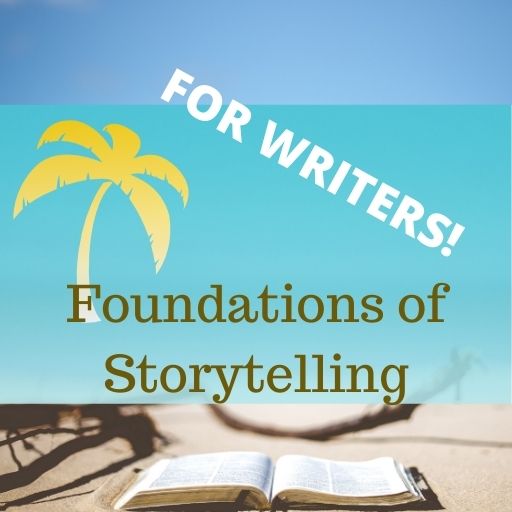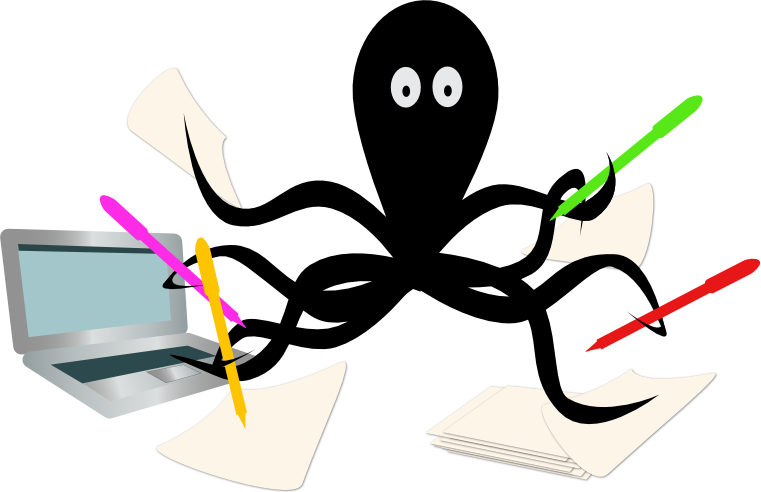Using Maps in Story Setting
One tool authors have when developing plot and storyline is using maps in story setting. Laying out the various places characters will go in the story will strengthen a manuscript with concrete details.

What a Map Can Show When Using Maps in Story Setting
Such a map helps me see logical inconsistencies in the layout of an author’s setting: If the poor side of town is north of the railroad tracks, what are all the multimillion-dollar mansions doing there? It also helps me correct problems like the auto shop and the Baptist church occupying the same corner of 10th and Main.
Often the information in the manuscript is so vague I don’t know where various elements go. Is the grocery store near the bank? I don’t know. How far is everything from everything else? I don’t know.
It’s not that readers necessarily need to know these things (the story events should make sense to the reader without having to refer to a map) but this is a clue that the setting is not as concrete as it could be. Instead of creating a story world and having a character interact with it, the author is shoving the character into various locations without any regard for how those locations relate to the overall setting.
When you detect a character being shoved around like a chess piece in this way, look closer, and you are likely to find related developmental problems, such as lack of clear goals, motivations, and conflicts.
The Setting Sketch
When I see a problem with setting, I often ask the author to consider doing a type of character sketch for the setting. This might include questions like:
- how old is the town a character is living in
- how diverse are the residents (and in what ways)
- what is the town famous for
- what is the climate like
- what do residents love and hate about it
These “setting sketches” can help the author go beyond visually describing a setting and can help them create a setting that feels like a real place.
Tips for Editors & Writers
-
Pay Attention to Red Flags
A while back, I was looking for an apartment to rent in Los Angeles and I found a possibility on one of the rental sites (you know, like Apartment.com or Zillow). The property described sounded like what I was looking for and the rent was about right for the age of the property, its amenities,…
-
Fire Bad Clients
I often encourage freelance editors to work with corporate clients, such as book publishers and packagers, in order to provide a more stable workflow and better-paying work. Indie authors may be great fun to work with, but one author typically won’t come to you ten or fifteen times a year with more work, the way…
Join the Club!
New to story editing? Begin at the beginning.



